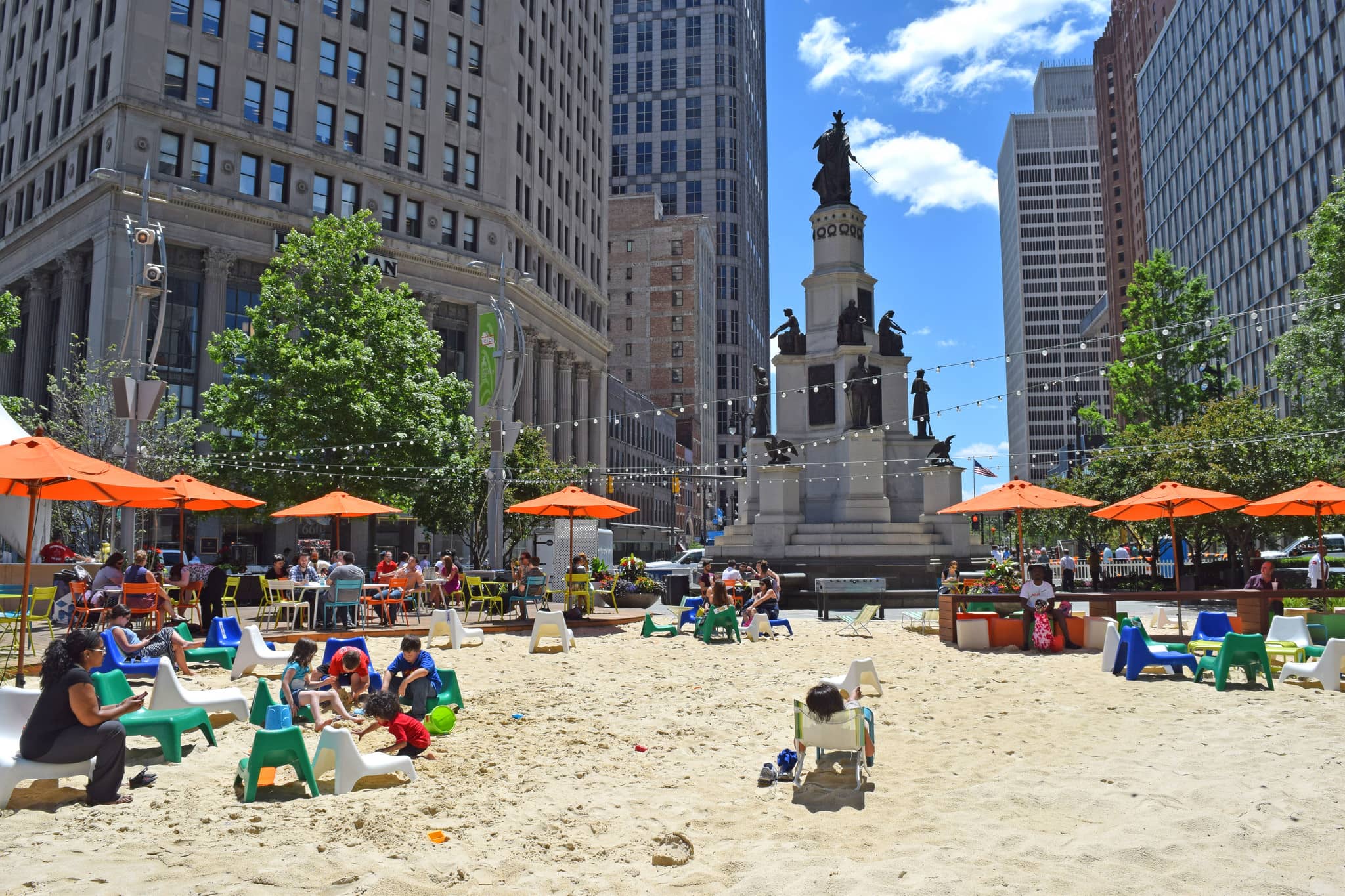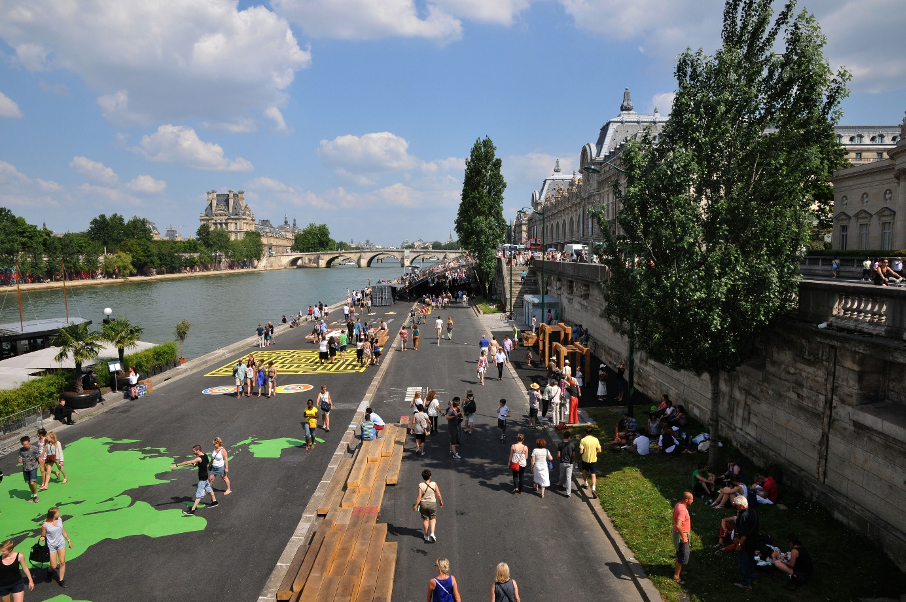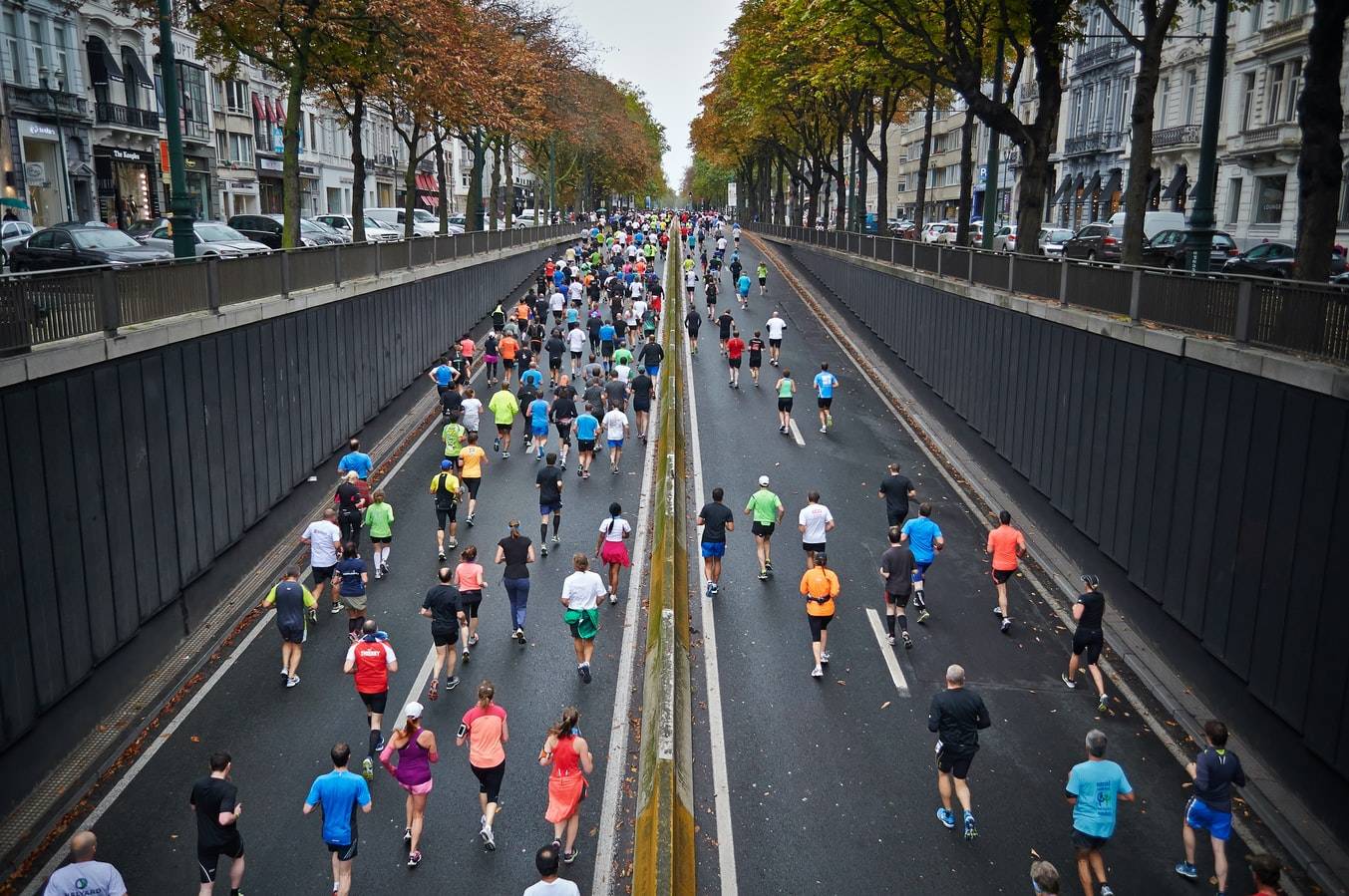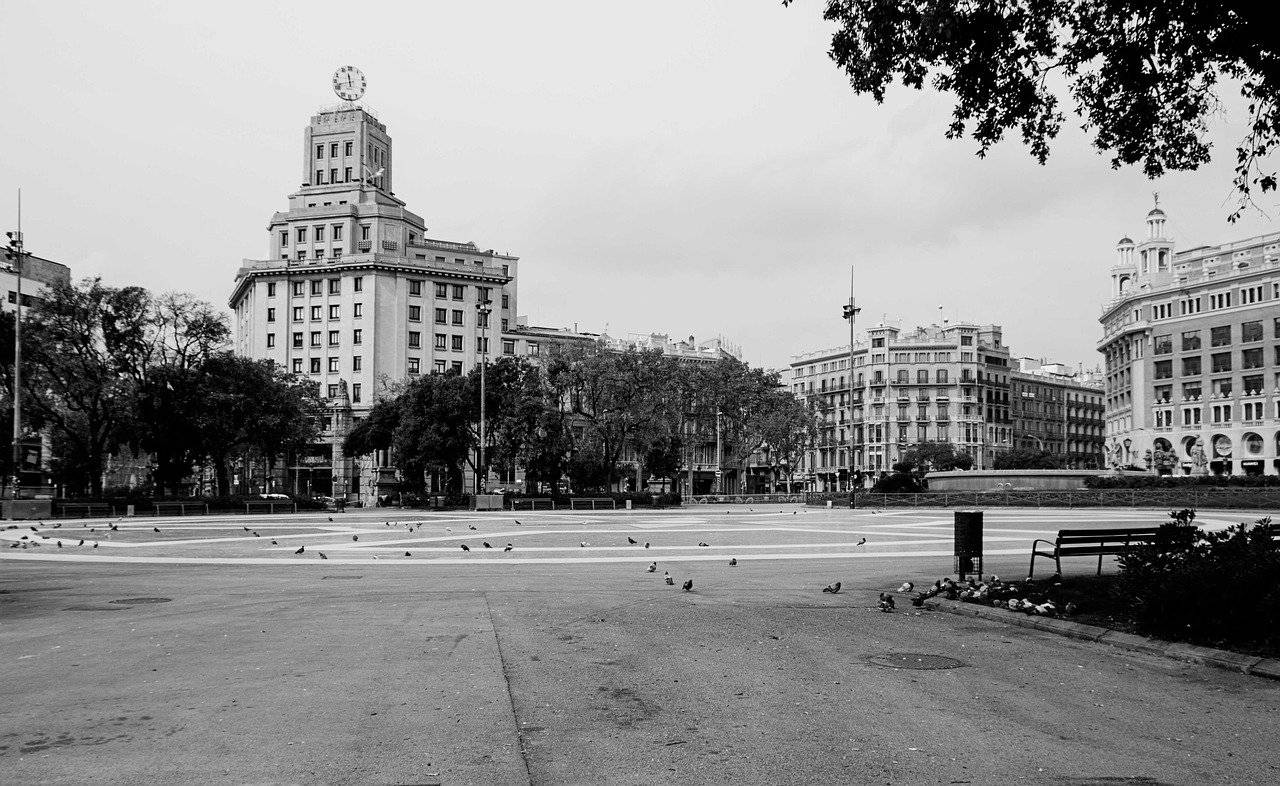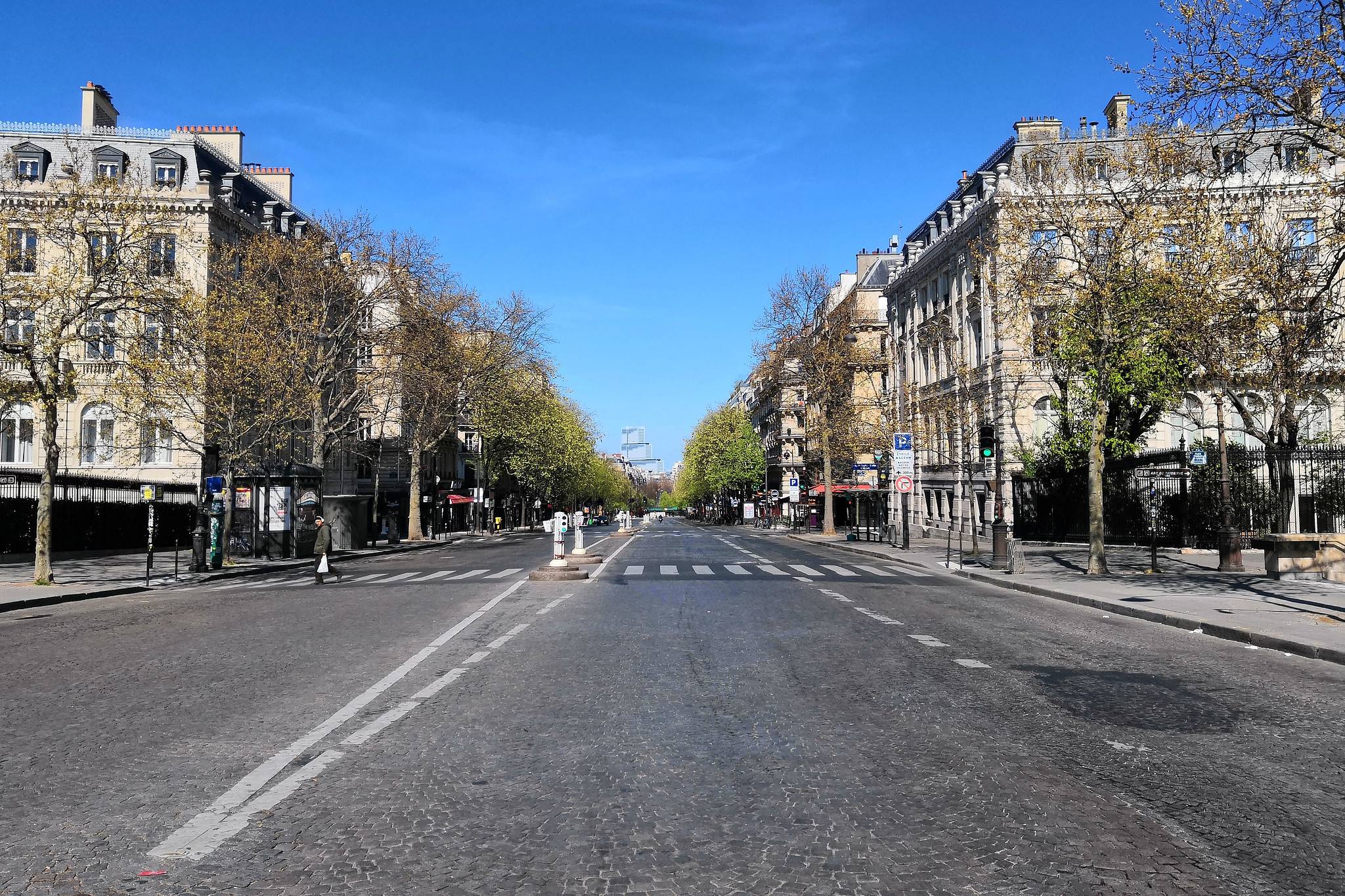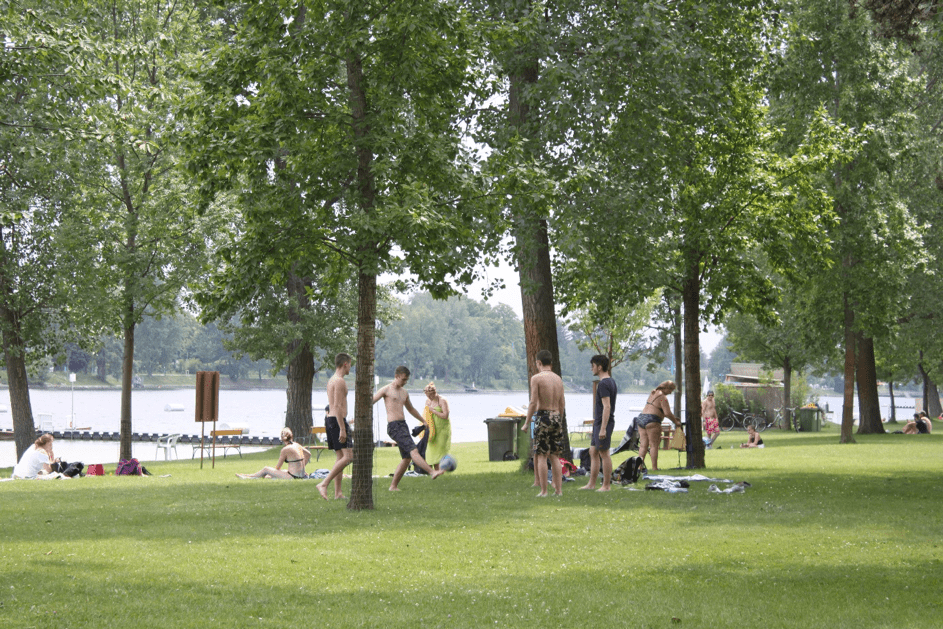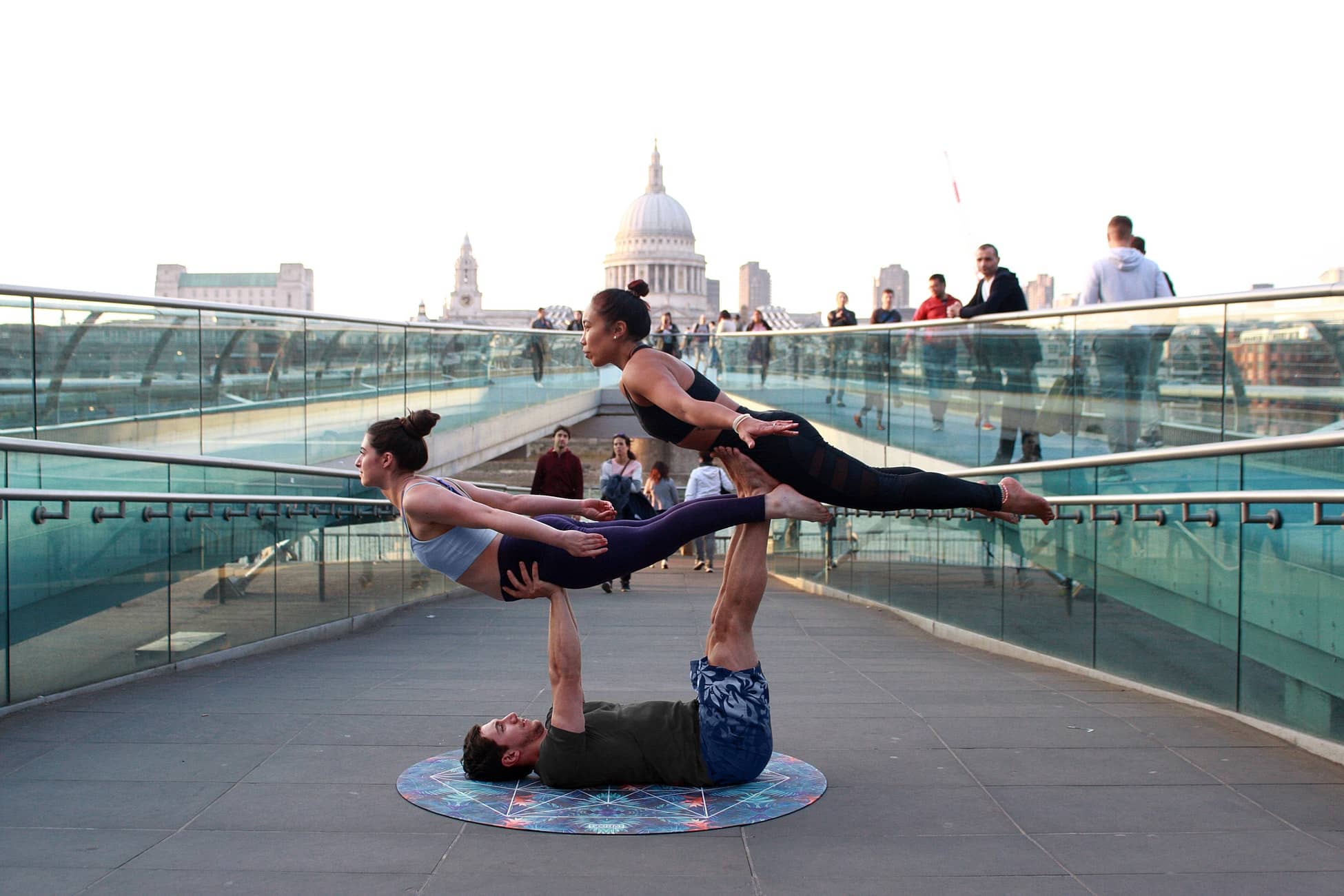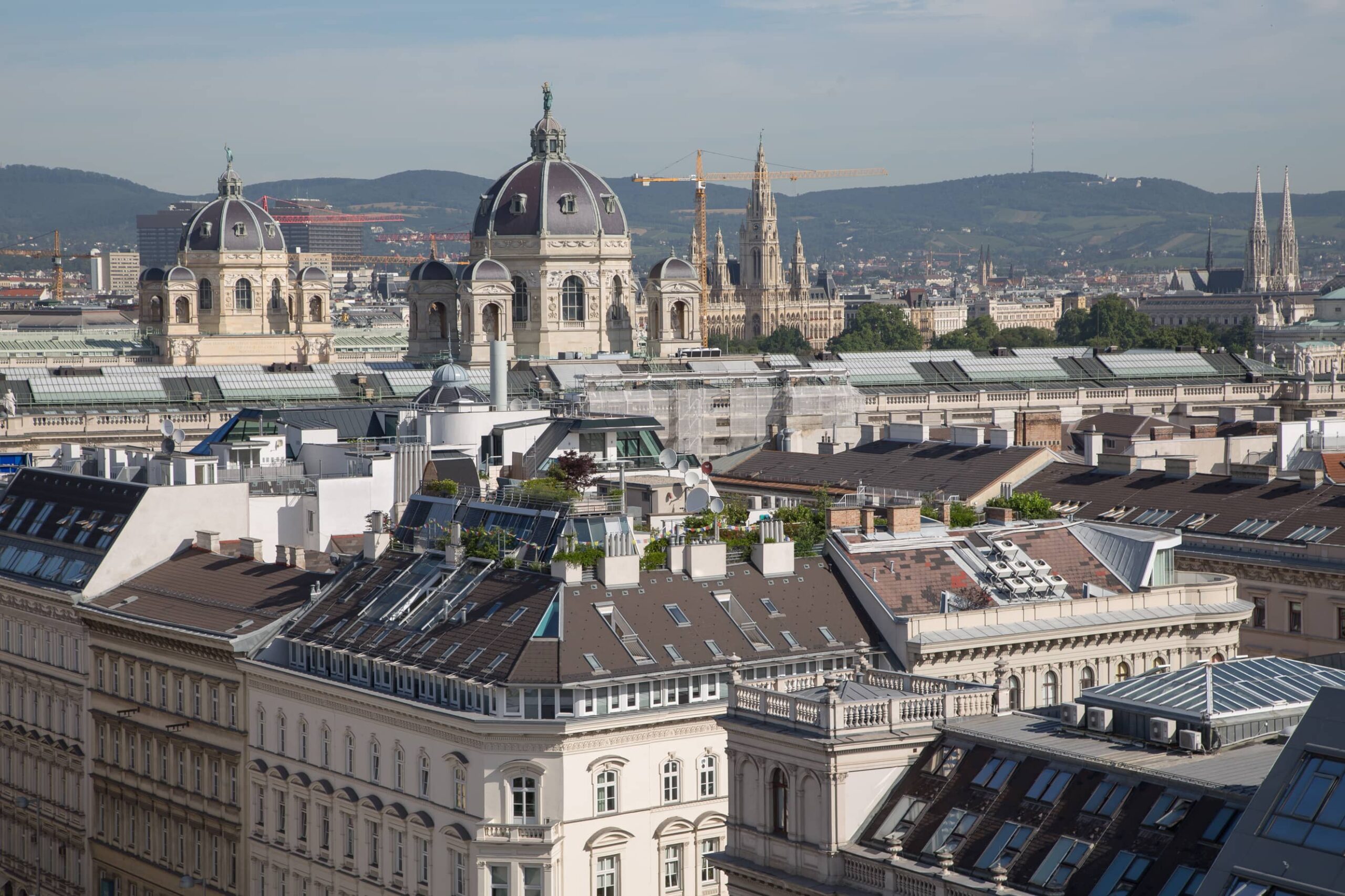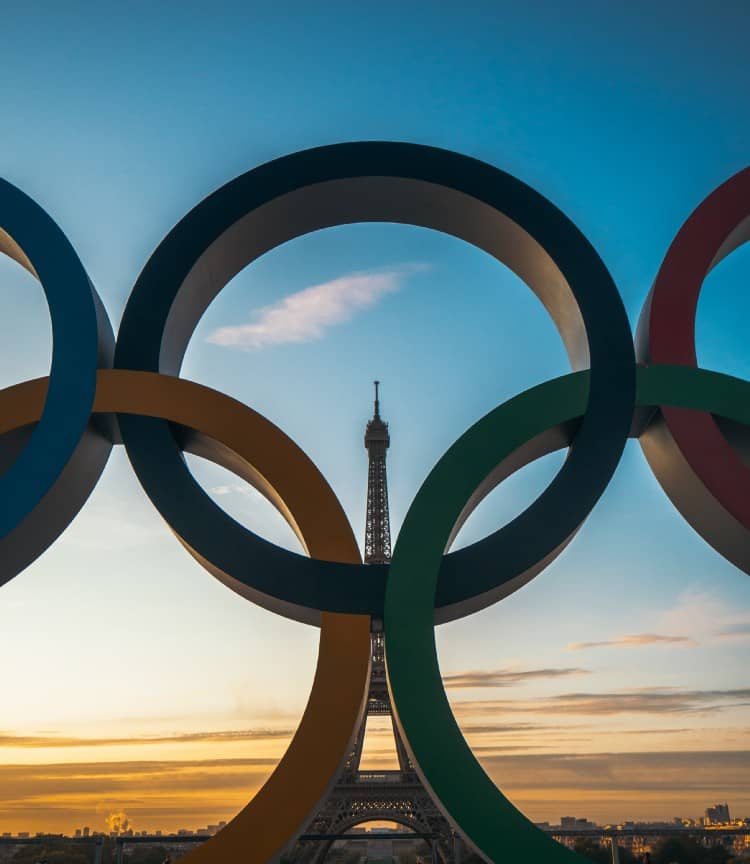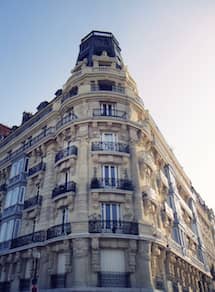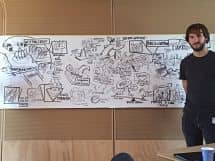

What’s In A Public Space?
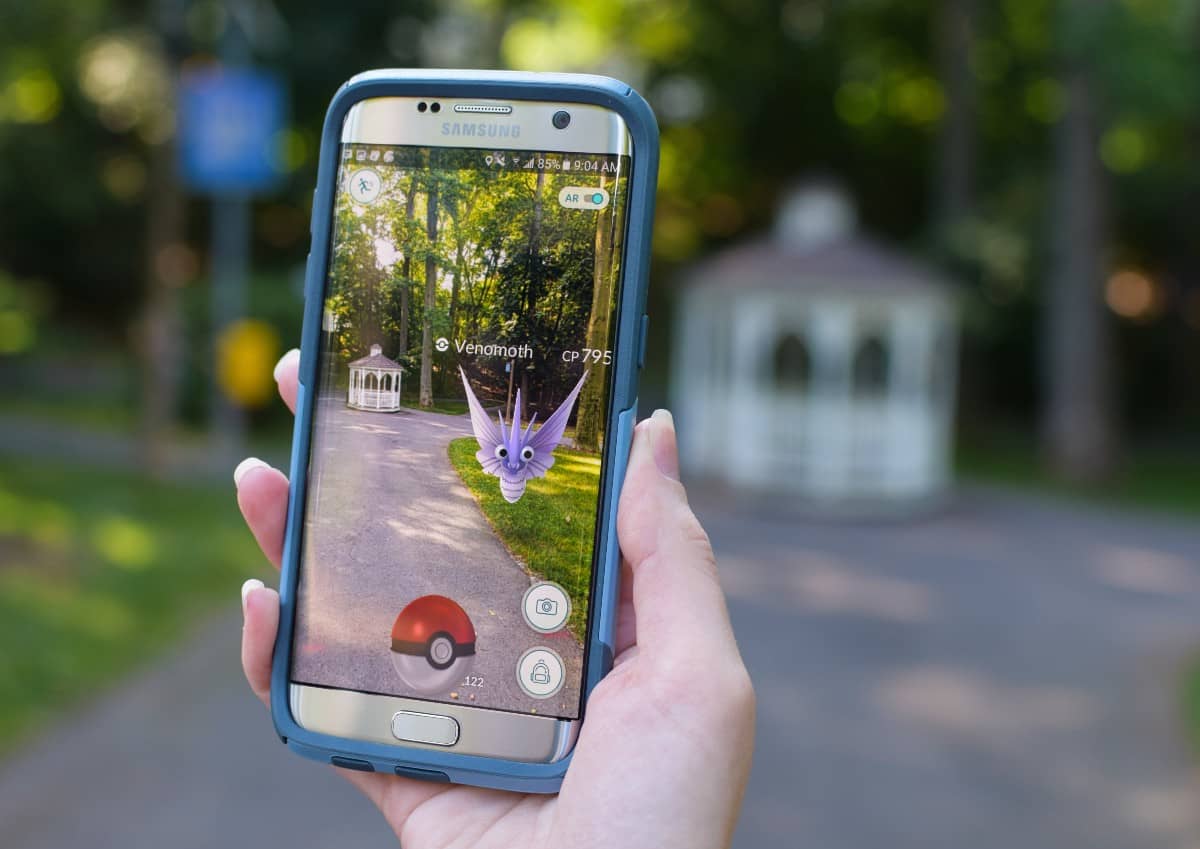
In July, the world, aghast, was propelled headfirst into a Pokémon GO frenzy, as hordes of gamers of all ages rushed into streets and parks to hunt virtual creatures. A worldwide craze ensued, as the game reached 130 million downloads and numbered more daily users than Twitter itself.
Pokémon GO was lauded by many for encouraging socialization, exercise, attention to significant landmarks, and a deeper connection to one’s surroundings. More fundamentally, the game superimposed a new layer over tangible, preexisting public spaces. No one seems quite sure of the rules applicable to this virtual space, but there’s more: the game ignores, and thus challenges, the uses traditionally assigned to public spaces, as parks become hunting grounds, monuments turn into PokéStops, and the limits between private and public property are gleefully overlooked. The game has led some to observe and rate public space quality for the first time, as, for instance, they realize how un-walkable some neighborhoods may be. Crowd-sourced urban planning debates through a video game? Who would have thought…
Unpredictable crowd-gatherings are a puzzle for France, where authorities were at times less than enthused by this unexpected, unregulated use of the public space, a space currently shadowed by a months-long state of emergency. In one French town, a mayoral arrêté banned Pokémon GO in the name of public safety, showing that this whimsical new practice does not easily coexist with the tensions running through the French public space. Which brings to mind … another slew of highly publicized arrêtés, banning burkinis on the grounds of public order, or, on a somewhat different topic, localized tensions in New-York city, arising from unexpected gatherings around very high-speed WIFI kiosks installed in the wake of the LinkNYC project.
Pokémon GO ignores, and thus challenges, the uses traditionnally assigned to public spaces.
What to make of France’s tense rapport to the public space? In France, this space is where a tenser-than-ever nation struggles to continue living together, in a careful balance laboriously held together by public powers. This makes the public space a transmission belt through which the state signals what vivre ensemble allows, what it requires, and what it forbids. This vision is the product of France’s particular history. The public space here is deeply political in essence, and fundamentally different from the private space, a distinction the state, unlike Pokémon GO, is eager to uphold.
Beyond these tectonic historical features, societal changes are prompting new, sometimes unexpected demands with respect to public spaces, highlighting the extent to which these spaces are shaped by their users, and delegitimizing the top-down approach to public space design. Ultimately, it took one sweeping pop culture phenomenon and one controversial garment to remind us that collective reflection on the uses of the public space is a constant, universal, and necessary, work in progress, as the urban phenomenon keeps growing.
This op-ed first appeared in Urban Snapshot (September 2016) by La Fabrique de la Cité.
These other publications may also be of interest to you:
La Fabrique de la Cité
La Fabrique de la Cité is a think tank dedicated to urban foresight, created by the VINCI group, its sponsor, in 2010. La Fabrique de la Cité acts as a forum where urban stakeholders, whether French or international, collaborate to bring forth new ways of building and rebuilding cities.















